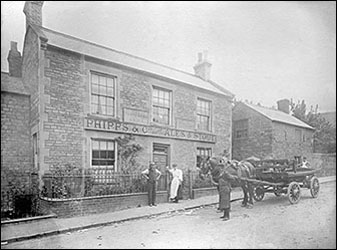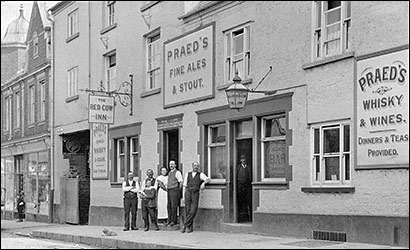| Article compiled from material currently held at the museum. |
||||
|
||||
|
||||
| We have, unfortunately, no way of knowing the exact dates of the opening of Burton's pubs, and the best we can do is make use of the earliest references to them; these references take the form of comments against entries in the Burton Latimer Parish Records. The earliest public houses that we know of in Burton Latimer were The Bell and The Rose & Crown; these were established by the first half of the 17th Century but both had ceased to do business by the early 1800s. The Waggon & Horses (formerly known as The Coach & Horses) was certainly on the scene by the end of the 17th Century and after one or two hiccups and changes of name after the 1970s it kept going well into the new millenium, but finally became a private residence in 2010. The Thatcher's Arms originated in the 18th Century, and was at one time officially designated a beer house, but closed in 1957 to become a private residence. The Horse & Groom (originally known as The Horse & Jockey) was serving ale by the beginning of the 19th Century and at the current time of writing (2010) still continues under the name of The Olde Victoria. The Red Cow and The Dukes Arms were both established by the 1830s; the former closed in 1956 but the latter still continues to this day. A reputation for gambling and criminal clientele ended the short life of The Waterloo Victory in the 1890s, although the building itself still remains, being a private residence of some architectural curiosity. The turn of the 20th Century saw the rise of the clubs, with The Band Club, The Britannia Working Men's Club ("The Brit") and The Burton Latimer Working Men's Club ("The Rack") all opening within a few years of each other, and The Conservative Club being fomed in 1912. The Rack closed in the first decade of the new millenium but the others still continue to this day. The Liberal Club was diiferent from the others in that it was housed in the unlicensed Coffee House; it was formed in 1905 but was short lived, surviving only until 1915. |
||||

